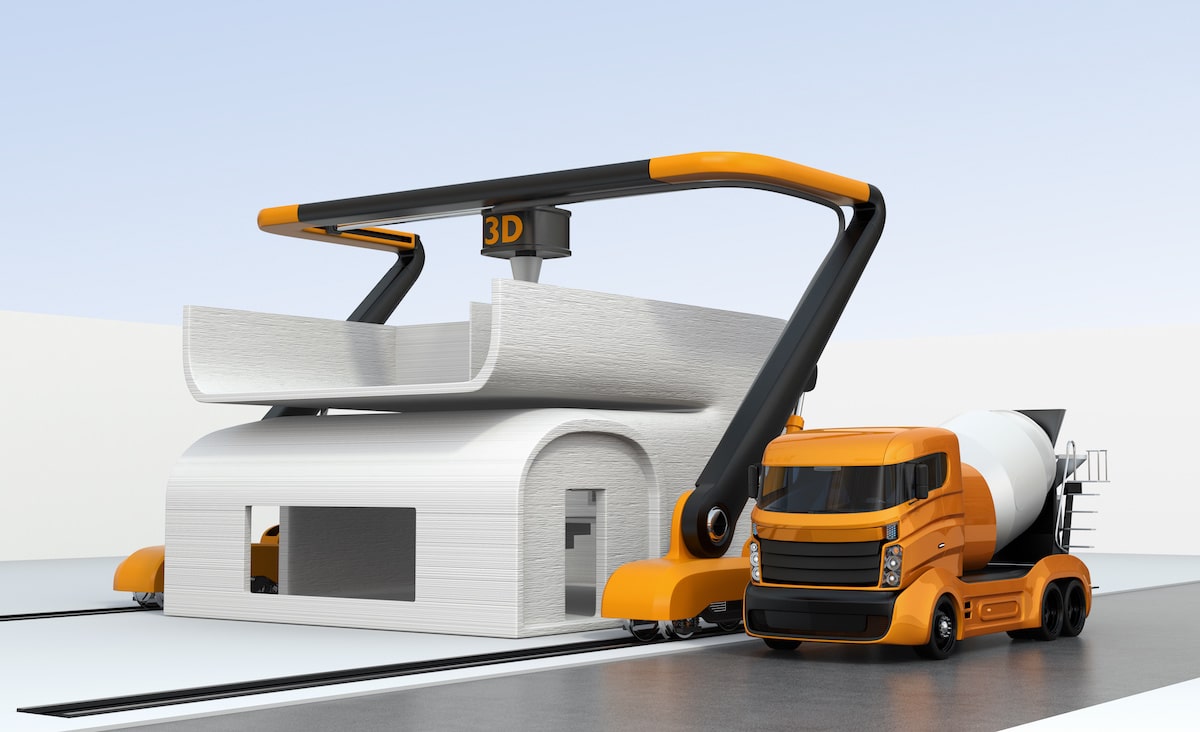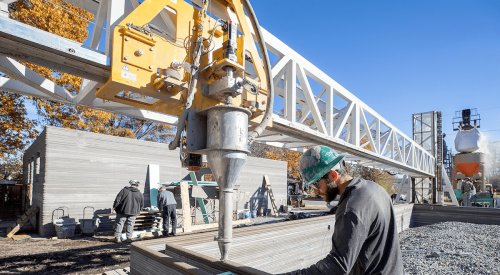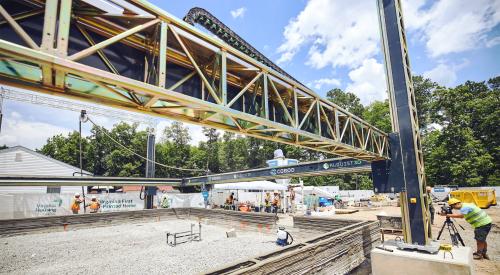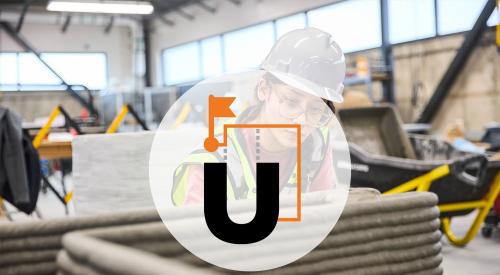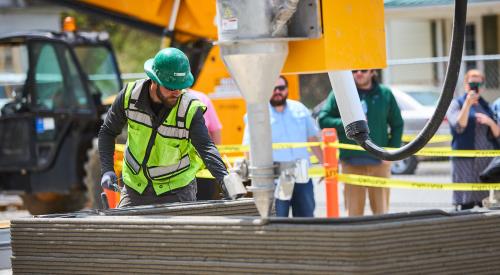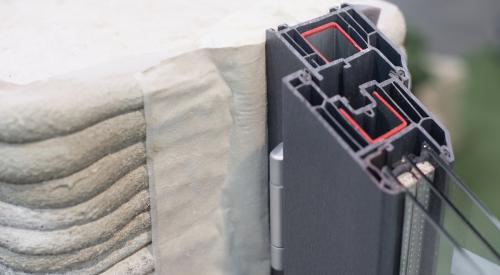As labor and housing shortages drive a growing affordability crisis across the United States, builders are turning to technology to keep up with soaring demand and to chip away at a decades-old housing deficit, the Los Angeles Times reports. Proponents of technology are turning to 3D-printed homes as a viable alternative for affordable housing, but these groundbreaking projects are few and far between. The nonprofit housing organization Habitat for Humanity completed its first 3D-printed home in December in Williamsburg, Virginia, and another is underway in Tempe, Arizona.
Outside of the United States, 3D-printed housing is becoming increasingly commonplace in regions like northern Italy and Dubai, where raw materials such as clay are readily available for builders. While a traditional home build takes at least seven months to complete, a 3D-printed home can be finished in just two or three months, and because they rely on concrete, 3D-printed homes are resistant to climate threats such as hurricanes, tornadoes, and wildfires.
“We’re at the very beginning of 3D printing,” said Janet V. Green, CEO of Habitat for Humanity Peninsula and Greater Williamsburg in Virginia. “I hope that this does help some of the affordable housing crisis that we have across the nation.”
Other examples exist inside and outside the U.S. In northern Italy, 3D-printed dome-shaped houses were made out of raw materials, such as clay. And in Dubai in the United Arab Emirates, the Dubai Municipality, a government building, stands as the largest 3D-printed structure in the world.
